When you think of soup and salad, seaweed is probably not the first thing that springs to mind. But, there’s a whole world of seaweed out there to be discovered. In fact, there’s almost an entire aisle devoted to seaweed at my local Asian market. Wakame, hijiki, arame, dulse, kombu, kelp, and nori are some of the more common varieties, but the list goes on. Seaweed is abundant in trace minerals, containing virtually all the minerals found in the ocean (and many of the same minerals necessary for our body to properly function).
A little more on these popular types of sea vegetables:
Arame: lacy, wiry dark brown strands, sweeter and milder in taste than other sea vegetables;
Dulse: soft, chewy texture, with a reddish-brown color;
Nori: dark purple-black color that turns phosphorescent green when toasted, used for making sushi rolls;
Kelp: light brown to dark green in color, often times available in flake form;
Hijiki: looks like small strands of black wiry pasta, has a stronger flavor;
Kombu: grayish-black, sun-dried and then folded into sheets, used as a flavoring in soups (e.g., dashi);
Wakame: deep green in color, most commonly used in soups and salads.
I used two types of seaweed to prepare these dishes. First, wakame was used in the miso soup and salad. Second, kombu was used to make the dashi (the basic stock for miso soup). This may all seem a bit foreign at first glance, but once you gather a few key ingredients, making the soup and salad are a snap. You can prepare the dashi ahead of time such that all you have left to do is add the miso to form the basis of the soup. From there you can add whatever you like — anything from (wakame) seaweed and tofu, to mushrooms, to seafood, such as clams, mussels, or shrimp…
A bit about miso…
White miso (aka shiromiso miso; shiro means white in Japanese) is usually fermented for a much shorter period of time than darker colored miso and is usually the sweetest. White miso is made with a large amount of rice, so you may also hear it being referred to as kome miso (kome means rice in Japanese).
When soybeans are fermented together with barley, the result is usually a miso that is yellow (or very light brown) in color. Since the Japanese word mugi can be used to refer to the general category of cereal grains (including barley and wheat), you will sometimes hear yellow miso being referred to as mugi miso.
Red miso is sometimes called akamimso miso (akamimso means red in Japanese). If a red miso is a very dark reddish brown color, the brownish color may be the result of the soybeans having been steamed prior to fermentation. While barley, rice and other grains may be used in the production of red miso, it is usually characterized by a very high percentage of soybeans, and for this reason is sometimes referred to as mame miso (mame means bean in Japanese).
Dark brown and red miso usually get their strong flavors from longer periods of fermentation (some ferment for as long as three years).
Other names you might hear for different varieties of miso include:
genmai miso (brown rice-containing miso)
soba miso or sobamugi miso (buckwheat-containing miso)
taima miso (hemp seed-containing miso)
natto miso (chutney-type miso that usually containing barley and ginger)
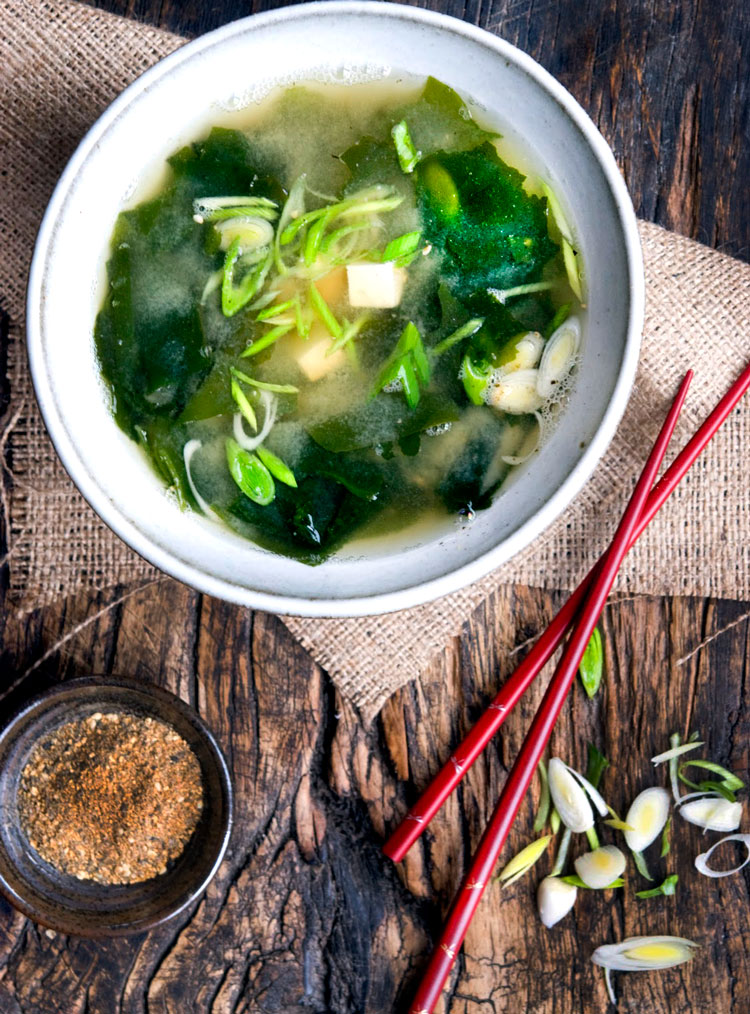
Wakame Miso Soup
4 cups dashi (recipe below)
1 1/2 tablespoons red miso
1 1/2 tablespoons white miso
Additions
wakame seaweed, rehydrated in cold water and drained
tofu, cut into 1/2-inch cubes
green onions, thinly sliced on a bias
*togarashi (optional)
More additions — swap out the tofu and add:
seafood (such as clams, mussels, shrimp) or
mushrooms.
Bring the dashi to a slow simmer. Combine the two kinds of miso in a mixing bowl. Add a few tablespoons of the dashi to the miso, and whisk until miso is well incorporated. Stir the miso into the simmering dashi.
Place a tablespoon or two of wakame and tofu at the bottom of each bowl. Pour the hot broth over top. Garnish with green onions, and a sprinkling of togarashi.
*togarashi is a spice mix of orange peel, black, white and toasted sesame seeds, cayenne, ginger, Szechuan pepper and nori.
Dashi
4 cups water
1 (6-inch) piece kombu
3/4 ounce dried, shaved bonito flakes
Add 4 cups water with kombu over medium heat and bring to a boil. Remove the kombu. Add the bonito and stir once to mix. As soon as the liquid boils, lower the heat and simmer 5 minutes.
Turn off the heat and steep 15 minutes. Strain the bonito flakes. Can be made up to 3 days ahead. Cover and refrigerate (you can also freeze dashi).

Wakame Salad
I like to mix wakame with an assortment of leafy greens, along with whatever else is in season — this time, purple cosmic and orange carrots, cucumber, and green onions — and dress with homemade carrot- miso-ginger dressing. Lastly, I finished with some smoked tofu that I crisped up in a little olive oil. I smoked the tofu (with cherry wood) in my stove top smoker, but have also recently discovered smoked tofu at my grocery store. The smoky flavor gives a little pizazz to the otherwise nondescript tasting tofu.
Tofu (plain or smoked), ~1/2-inch cubes
1 tablespoon oil for frying the tofu
Wakame seaweed, rehydrated in cold water and drained
Mixed salad greens
2 small carrots, shaved with a vegetable peeler
1 small cucumber, thinly sliced
Green onions, thinly sliced on a bias
Carrot-miso-ginger dressing (recipe below)
Sesame seeds
Heat a wok with the oil. When smoking hot, add the tofu and fry a few minutes, until crisp and browned. Remove with a slotted spoon and let drain on paper towels.
Mix the wakame, greens, carrots, and green onions in a large bowl. Toss with the dressing. Top with the crispy tofu and garnish with sesame seeds.
Carrot-Miso-Ginger Dressing
Recipe adapted (ever so slightly) from Mark Bittman, makes about 1 1/4 cups
1/4 cup vegetable oil
1/4 cup rice vinegar
3 tablespoons mild or sweet miso, such as yellow or white
1 tablespoon dark sesame oil
2 medium carrots, roughly chopped
1 inch long piece fresh ginger, cut into coins
Pinch of cayenne
Sea salt and fresh ground black pepper
Put all ingredients, except the salt and pepper, into a food processor and pulse a few times to mince carrots. Then let the machine run for a minute or so, until mixture is chunky-smooth. Taste and add salt and pepper to preference.
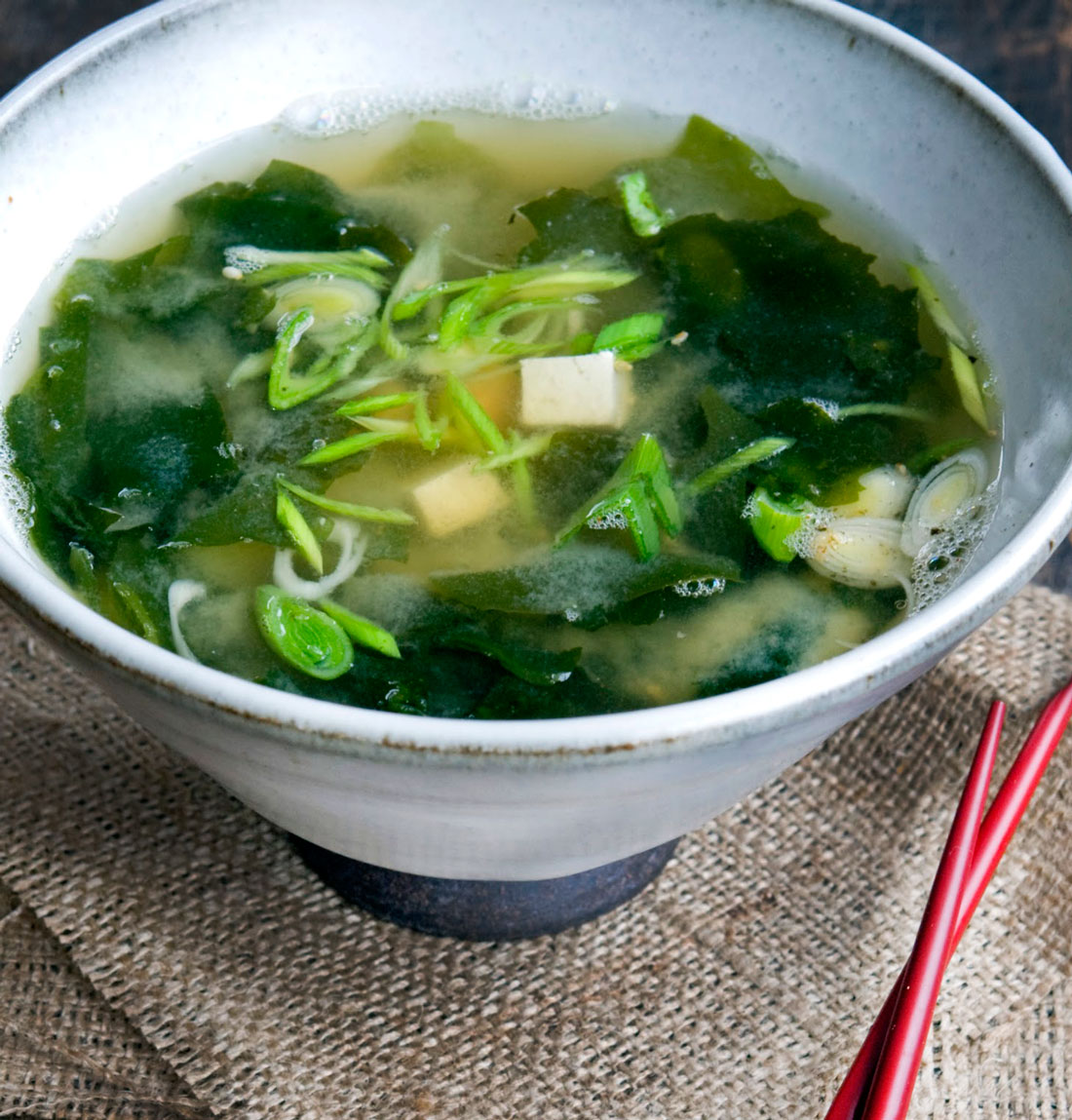
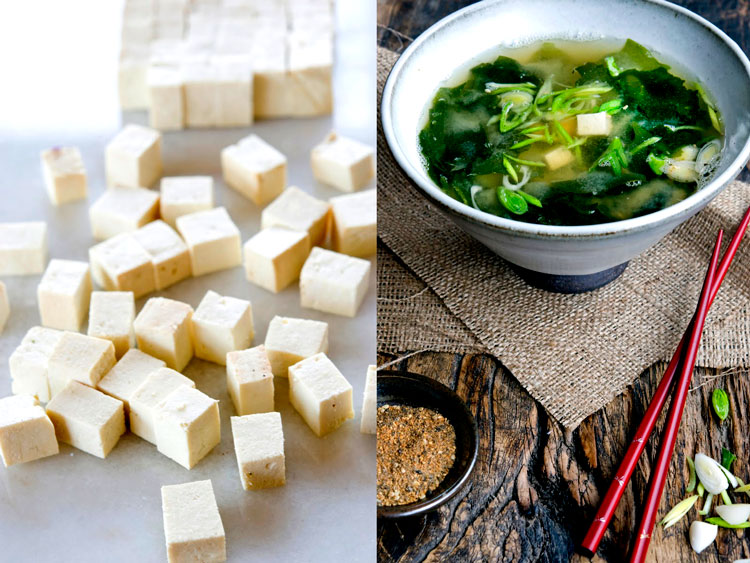
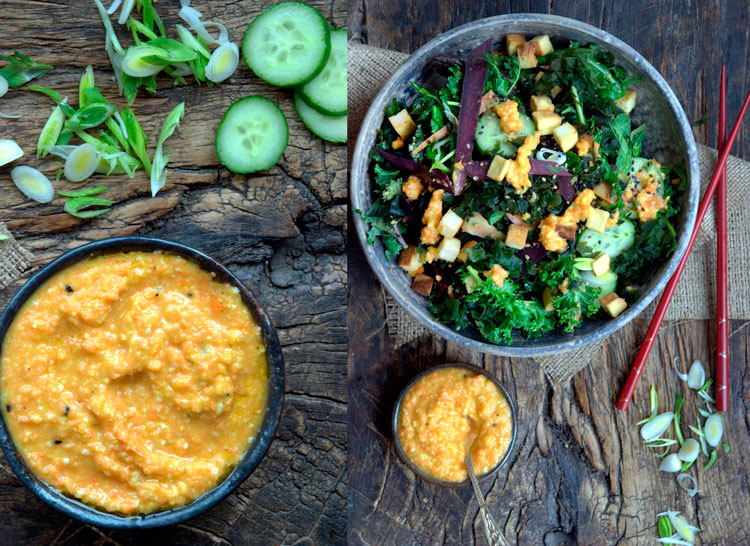
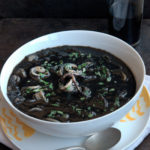
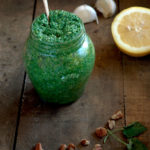
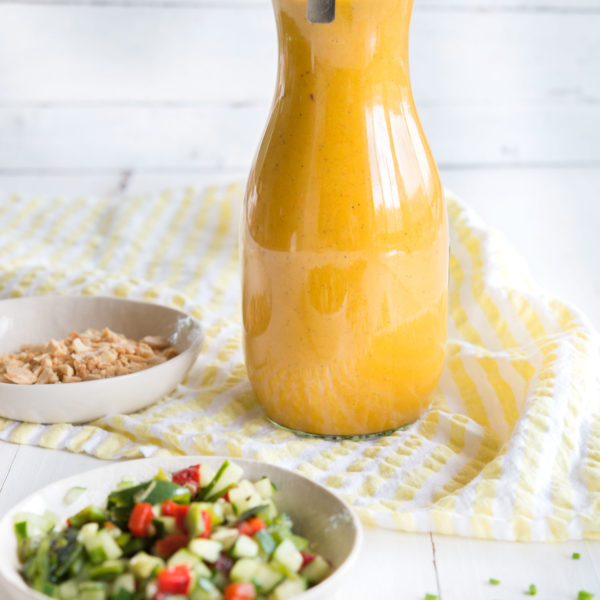
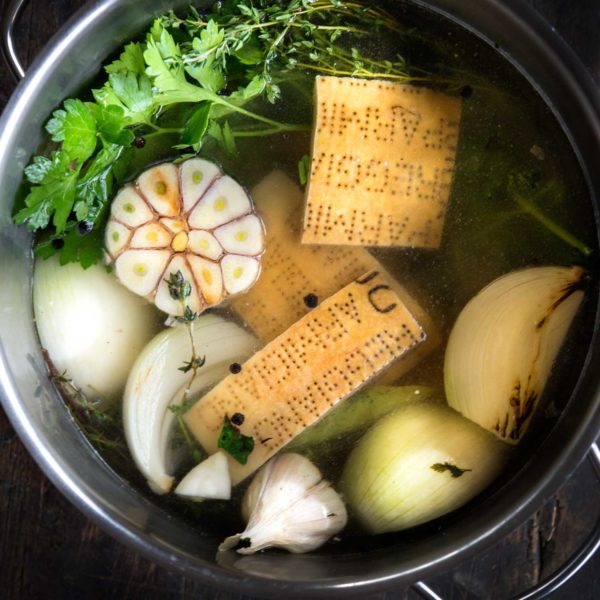
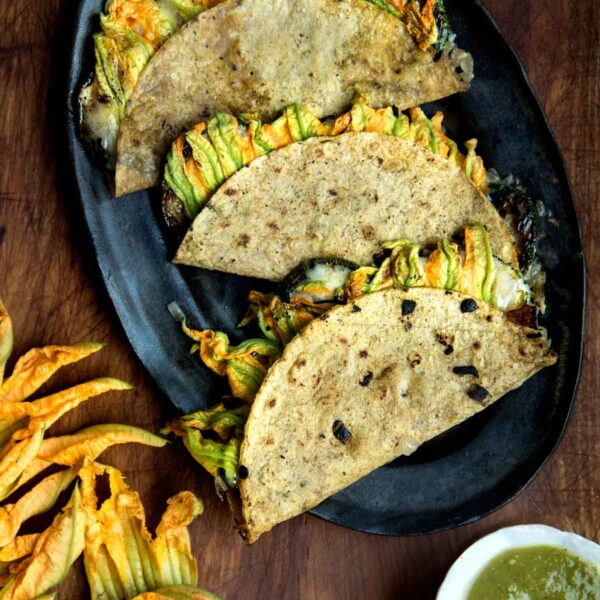


4 comments
Amy (Savory Moments)
What a lovely and flavorful meal! Your photos are so pretty, too. I have an award waiting for you on my blog.
Amy (Savory Moments)
What a lovely and flavorful meal! Your photos are so pretty, too. I have an award waiting for you on my blog.
Ranjani
This looks delicious! Thanks for all the great info on seaweed and miso. These are ingredients that I am just now starting to experiment with in my kitchen.
Ranjani
This looks delicious! Thanks for all the great info on seaweed and miso. These are ingredients that I am just now starting to experiment with in my kitchen.